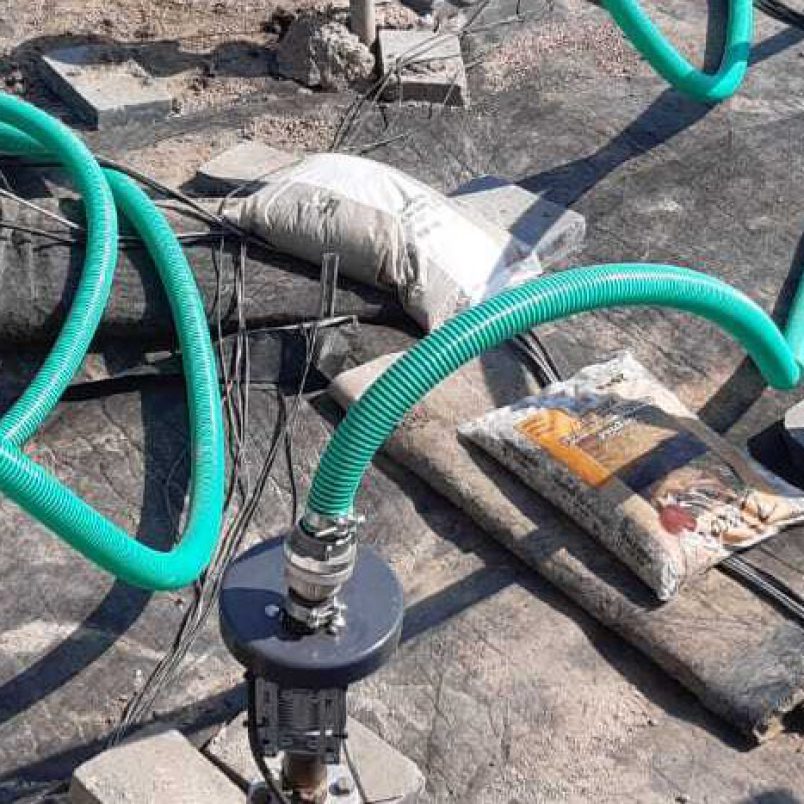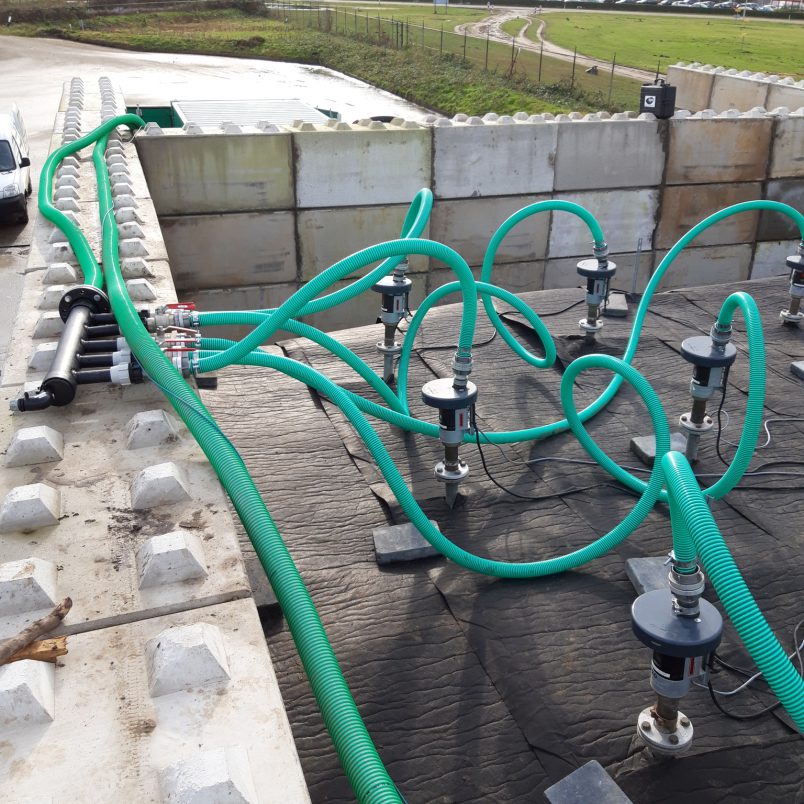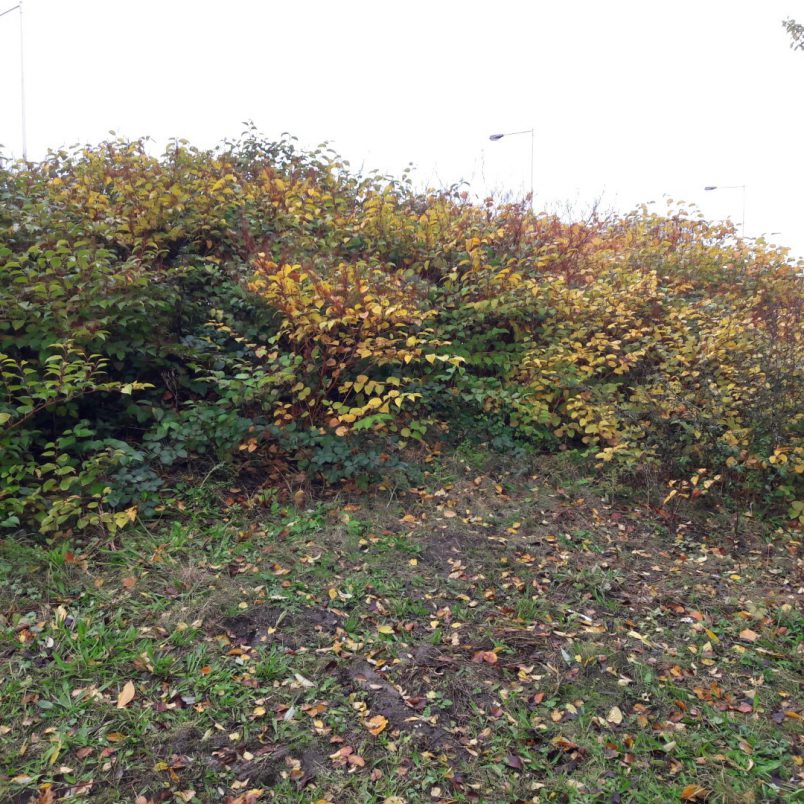 BODEM
BODEM
Meer informatie?
Wilt u meer informatie of bent u benieuwd wat wij voor u kunnen betekenen? Neem dan contact op met een van onze specialisten:

Projectmanager
Ted Vendrig

Projectmanager
Jack van Rossum
Japanese Knotweed
Japanese Knotweed causes overgrowth and damage to underground and above-ground infrastructure all around the world. Local authorities and site owners are sometimes desperate and are looking for a solution. HMVT has done a lot of research and with success. Scientific research shows that thermal cleaning can offer a solution against Japanese Knotweed.
Based on years of experience with in-situ soil remediation, HMVT has tried various techniques. Together with Wageningen University & Research (WUR), we used a trusted test method in 2020: in-situ thermal cleaning/remediation. By heating the soil to at least 55oC, the ruthless knotweed dies off, including the entire extensive network of underground roots. The research was a success: after months, the entire depot was free of Japanese Knotweed! HMVT has therefore filed a patent application for the in/ex-situ thermal cleaning of soil that contains remnants of Japanese Knotweed.
Amsterdam
The municipality of Amsterdam is also affected by Japanese Knotweed and asked HMVT for help. “We try to tackle the knotweed in all kinds of ways” says civil servant Jaike Bijleveld in Dutch newspaper Het Parool. Using its experience from the previous successful test, HMVT will therefore continue testing in Rembrandt Park. Our project manager Ted Vendrig discussed the method in a video for NH Nieuws. “Soil life dies temporarily. But the advantage is that once Japanese Knotweed is gone, you can re-sow the soil with plants, and soil life will also quickly migrate to that spot.”


Collaboration with Wageningen University & Research (WUR)
Japanese Knotweed is a social problem, something that is also recognised by the experts of WUR. After previous collaborations with WUR, HMVT decided to collaborate in this process as well. During our pilots, they investigated whether the roots of Japanese Knotweed really died. They will continue to check this a few times on location so that we can say with complete certainty that thermal cleaning is effective.
The history of Japanese Knotweed
In the 19th century, Japanese Knotweed was introduced to the Netherlands by German researcher Philipp Franz Balthasar Von Siebold, not knowing what damage this plant would cause two centuries later. From the mid-20th century, Japanese Knotweed started to naturalise. Due to ignorance, it was not completely destroyed and small pieces ended up among garden waste. Japanese Knotweed needs little to regrow, so it continued to grow throughout the Netherlands. Water boards, provincial and local authorities and other site managers are now sounding the alarm: Get rid of this exotic! After several successful pilots, HMVT hopes to be able to say with certainty that we have definitely conquered Japanese Knotweed.


More information
HMVT is very pleased with the positive results, but emphasises that the pilots have not yet been completed. We share our progress at our LinkedIn page.
Subscribe to our special knotweed newsletter and we’ll keep you updated.
